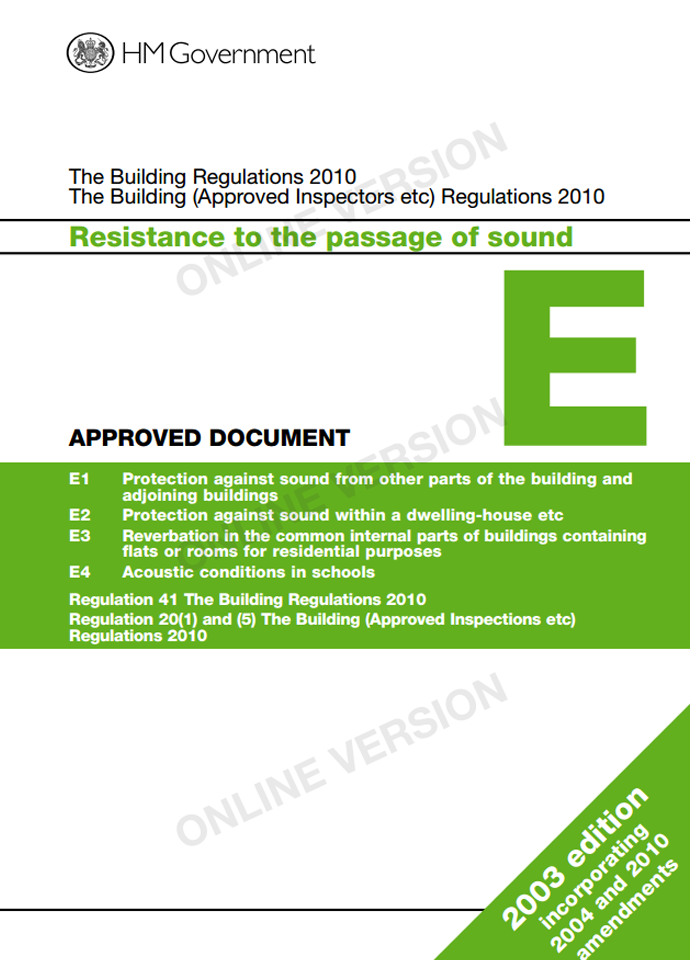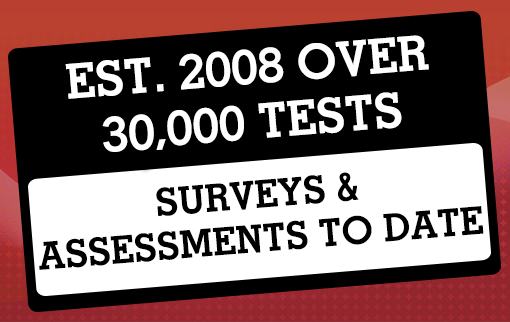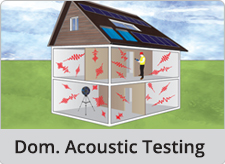Offices Nationwide

The Decibel Scale
Gives an approx of human perception of loudness. This is because the human ear has a logarithmic response to changes in sound level...more

Sound Insulation
Two parameters describe sound insulation; Dw and Rw. Dw is the insulation between rooms. Rw is the lab-tested insulation of a wall/floor...more
Part E
Resistance of the Passage of Sound

Stoke Sub Hamdon - Room Integrity Testing - 01752 687 017
The office that covers this area is: Plymouth
Phone Number: 01752 687 017 Email: stoke-sub-hamdon@e2consultants.co.uk
Our other services include:
Room Integrity Testing can also be known as:
Fire Suppression Room Integrity Testing, Fire Suppression Testing, Server Room Testing,


Copyright 2025 E2 Specialist Consultants Limited
Company No. 06728970








































